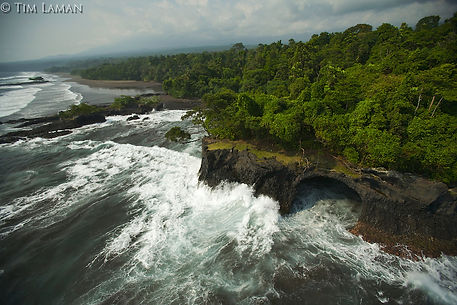
Hammerhead Sharks and Neuroscience. Now that we have your attention, this research project is an investigation into the relative development of the morphology of the optic and olfactory systems in hammerhead sharks and how this could potentially impact diet parameters in these fish. Our primary goals for this project are to establish the degree of correlation (if any) between the morphological dimensions of the optic and olfactory systems and overall size/age within the scalloped hammerhead shark (Sphyrna lewini) species, and as a follow-up compare these dimensional and size shifts with the diets of these fascinating fish.

The effects of nest site selection and climate change on reproductive success in leatherback and green sea turtles
Sea level is expected to rise about 18 to 59 cm in 2100, not including an additional potential 10–20 cm extra from melting glaciers. One of the important discussions involving climate change and sea turtle conservation is the imminent loss of sea turtle nesting habitat corresponding to increasing sea level rise. It has been estimated that the most extreme sea level rise predictions will result in nesting habitat inundation of 27% near the Great Barrier Reef, and with a medium sea level rise prediction (0.5 m), nesting habitat inundation is expected to be 26% in Bonaire, and 32% in Barbados. In the 2016-2017 nesting season, on Bioko Island, Equatorial Guinea, we plan to use modeling to create visualizations and projections of sea level by year 2100. We can then better understand the percentage of sea turtle nesting habitat loss that sea turtles on Bioko will face, changes in sand environmental characteristics that further threaten successful hatchling incubation, and the potential for the migration of these sea turtles to other nearby nesting rookeries. These models can then be shared with local stake holders to aid in generating targeted conservation management plans for the future.
